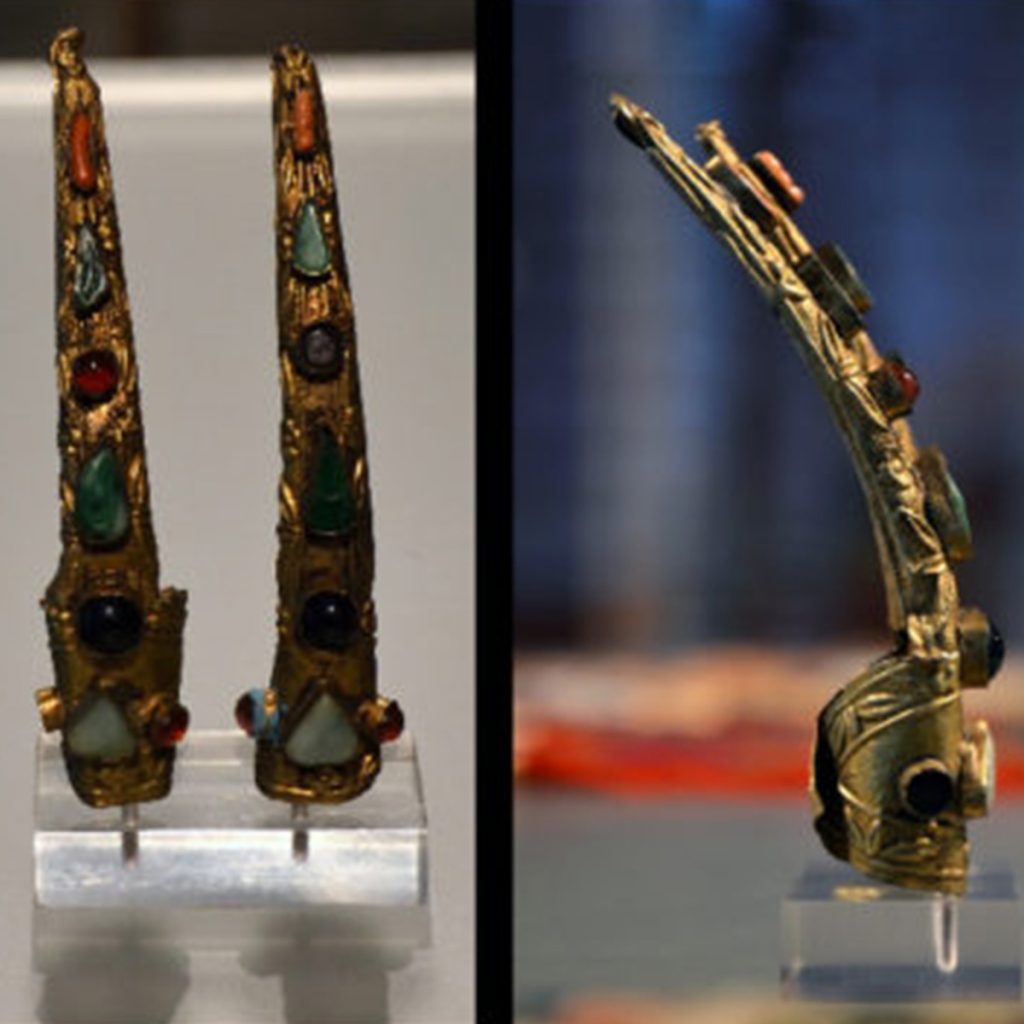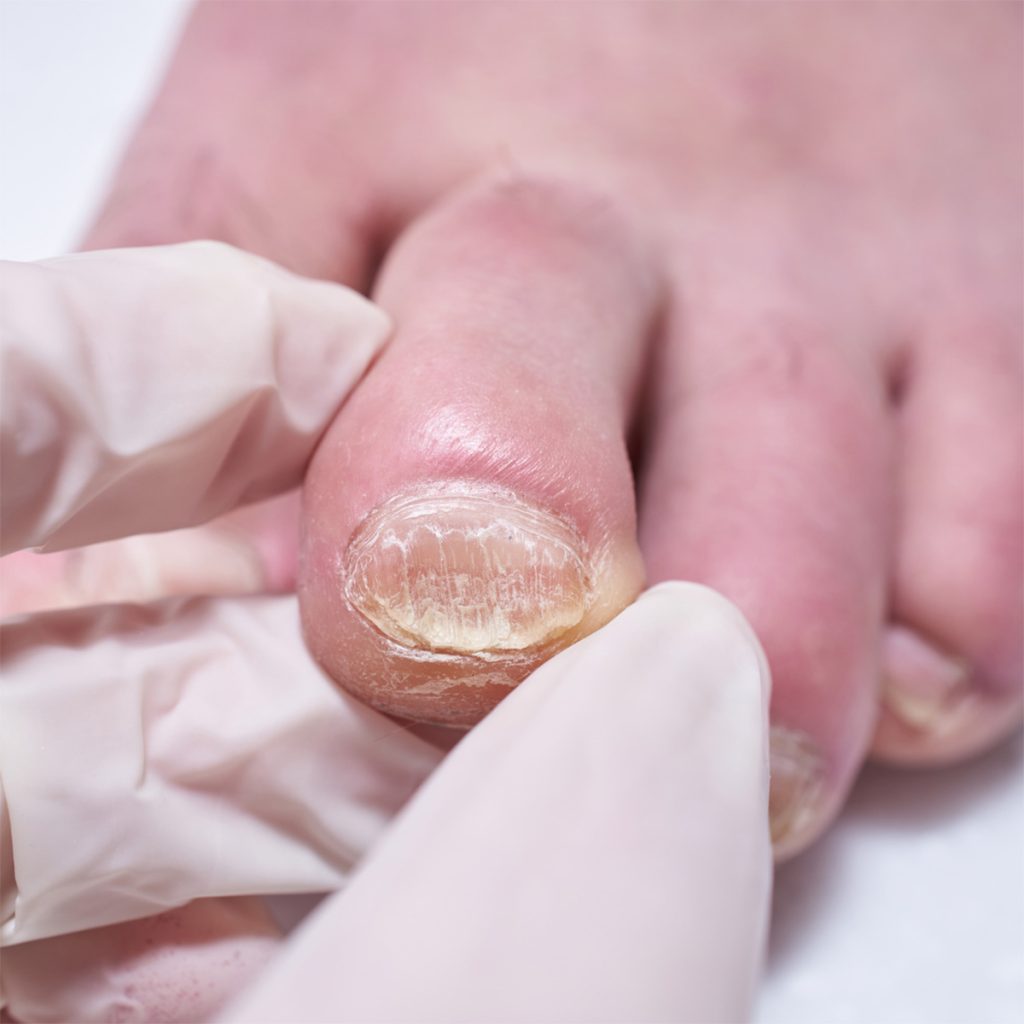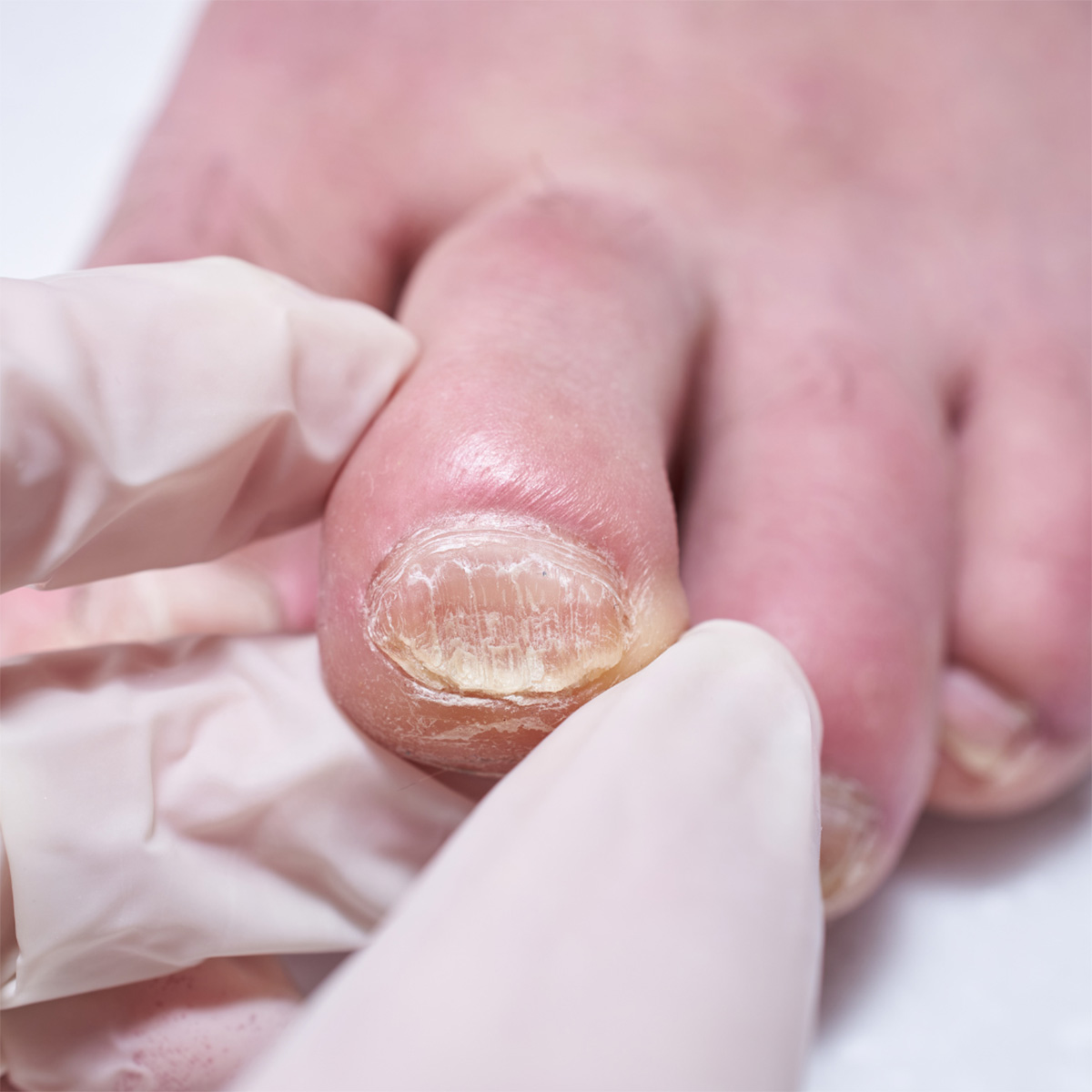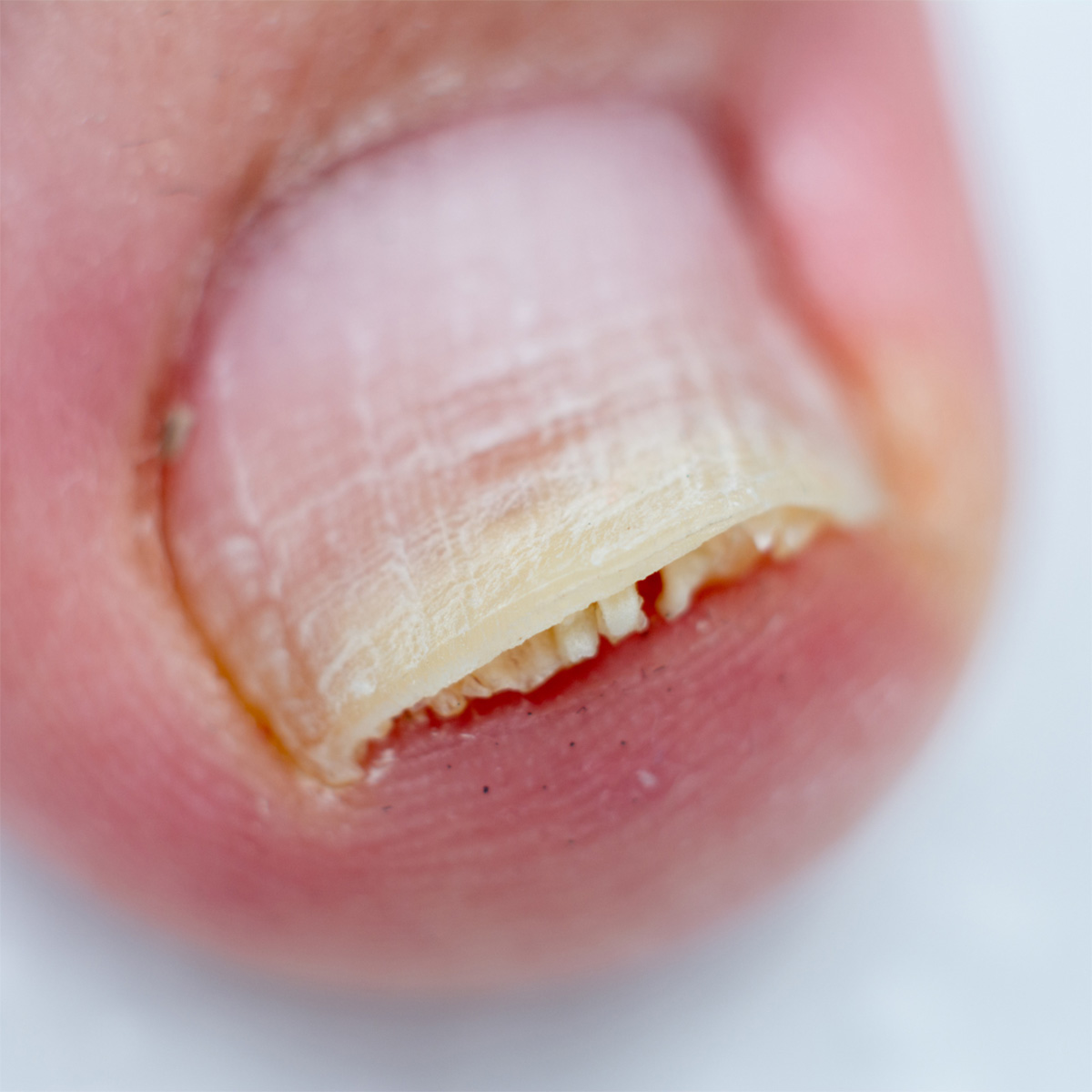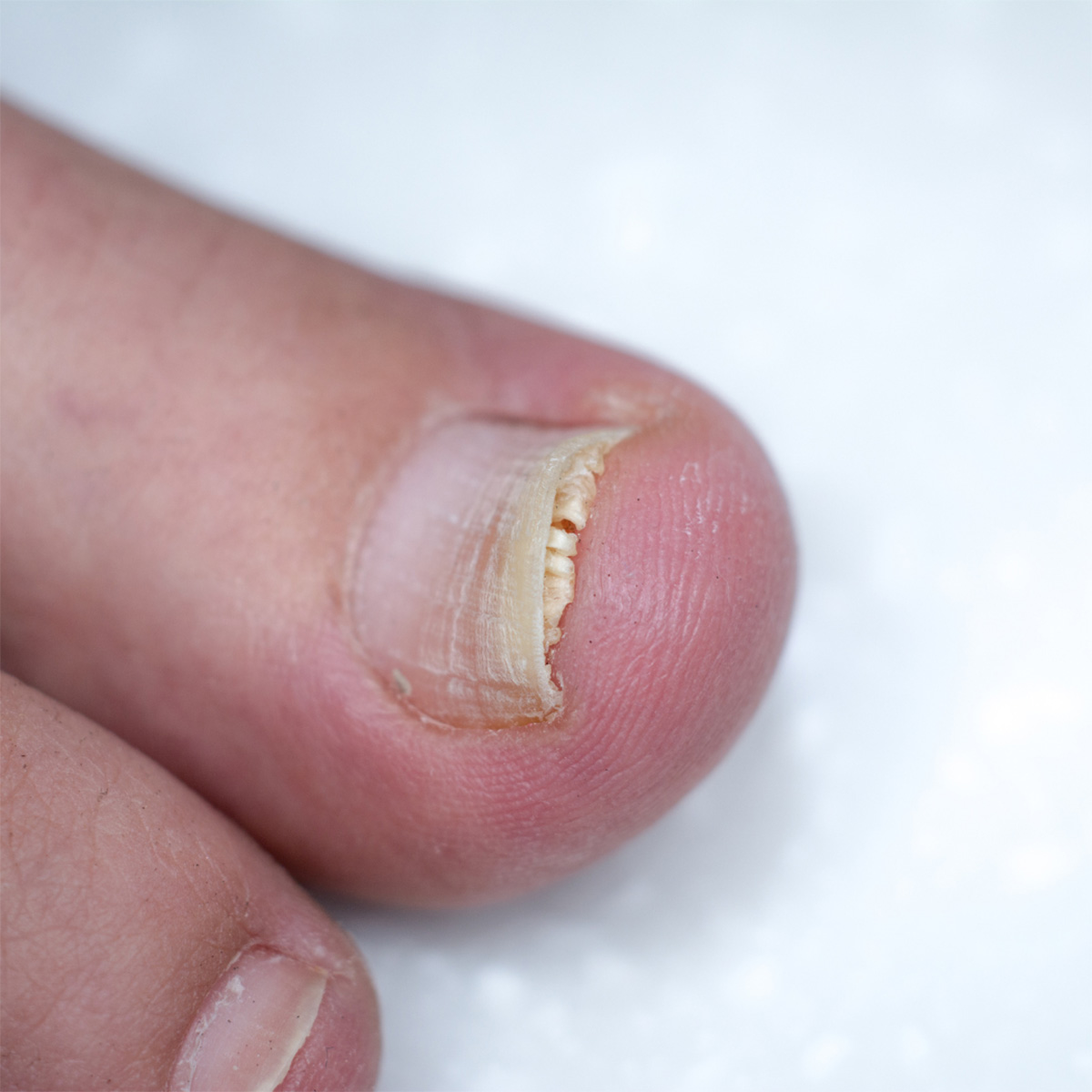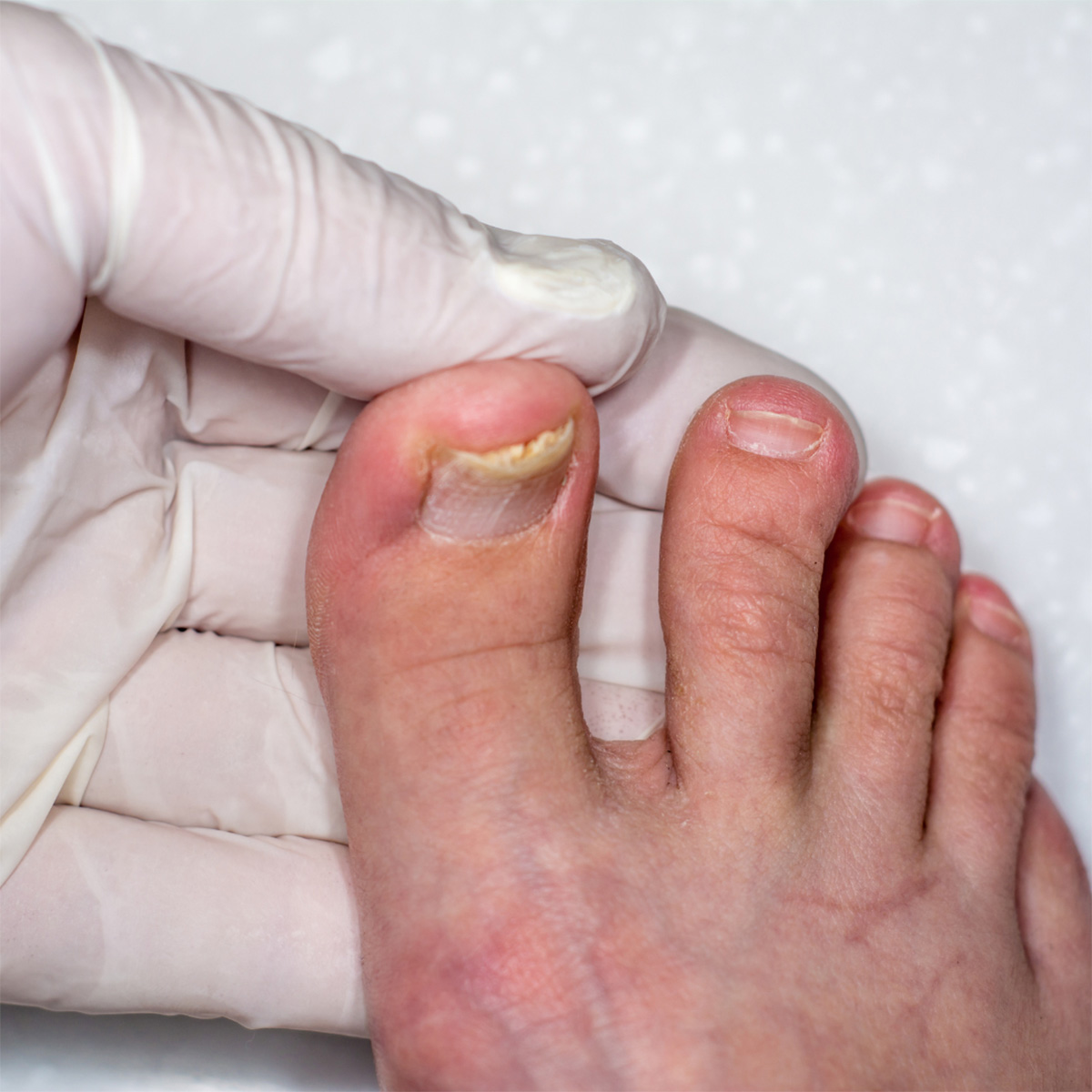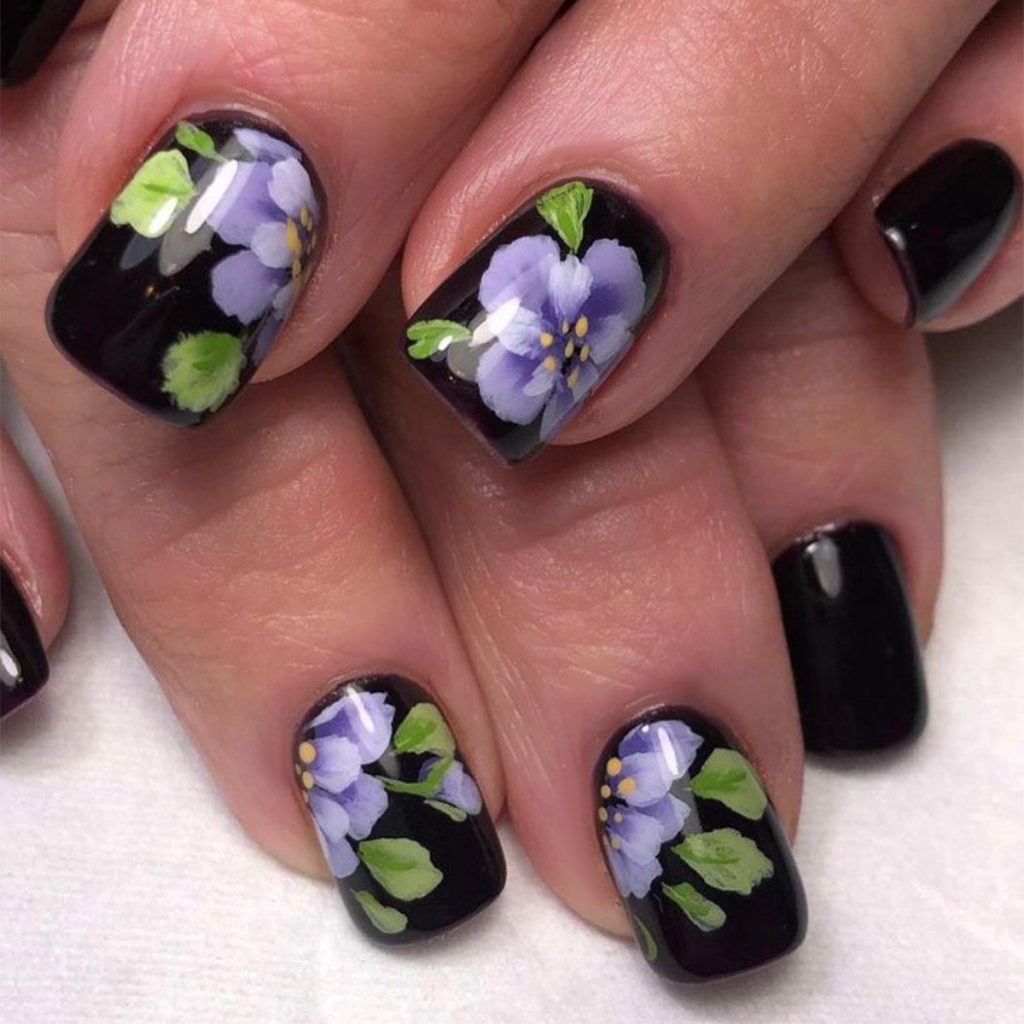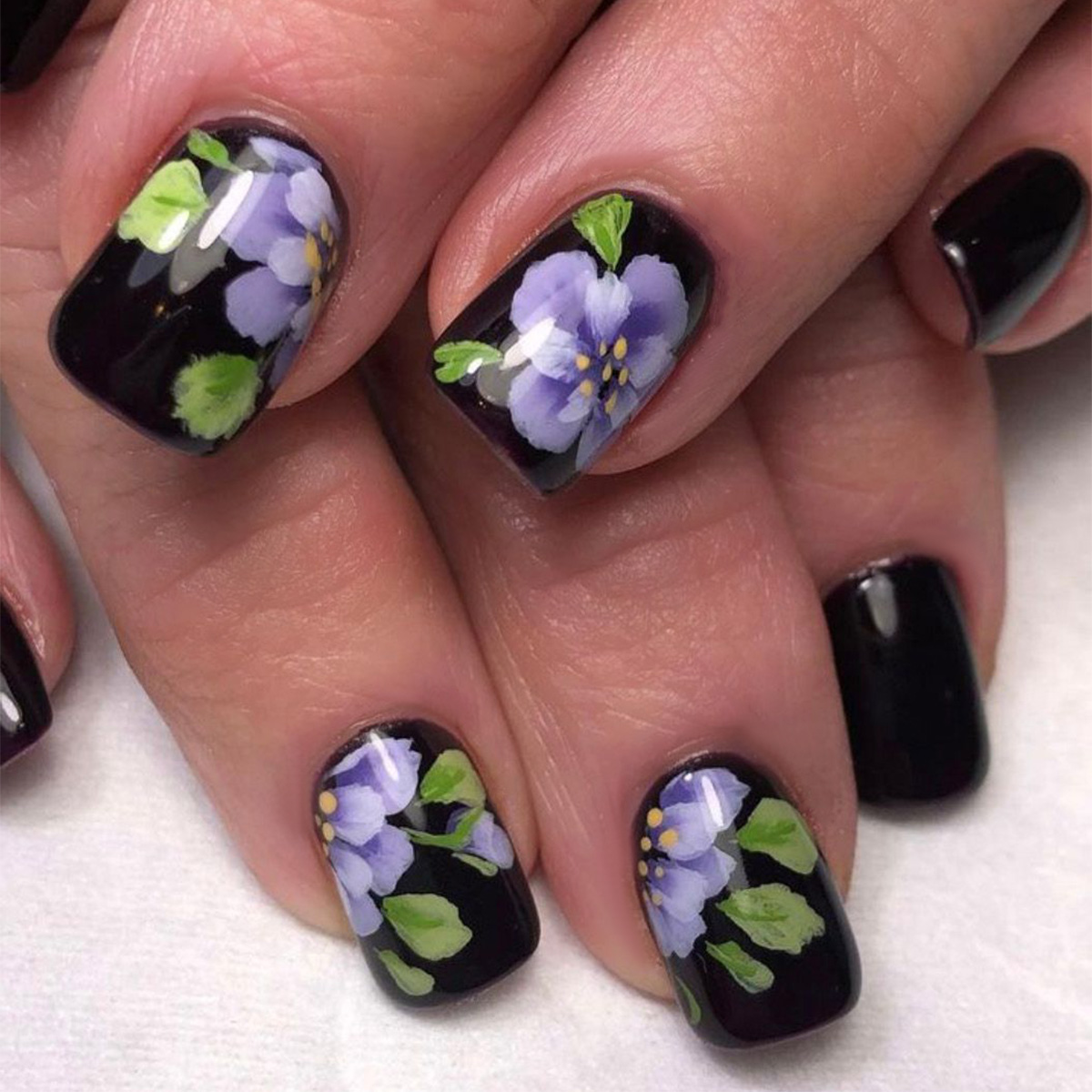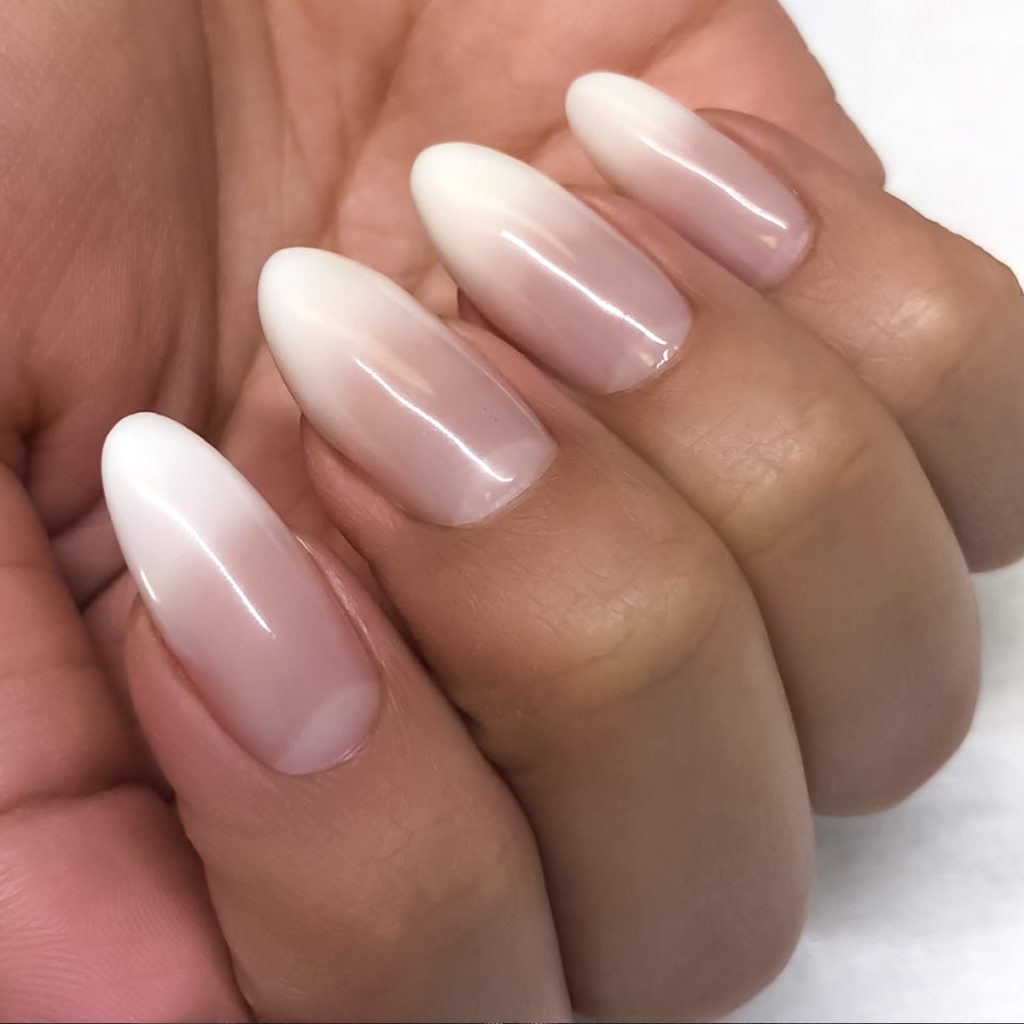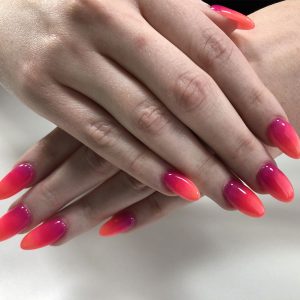Reviving Ancient Art | A Brief History of Nail Coloring
Reviving Ancient Art
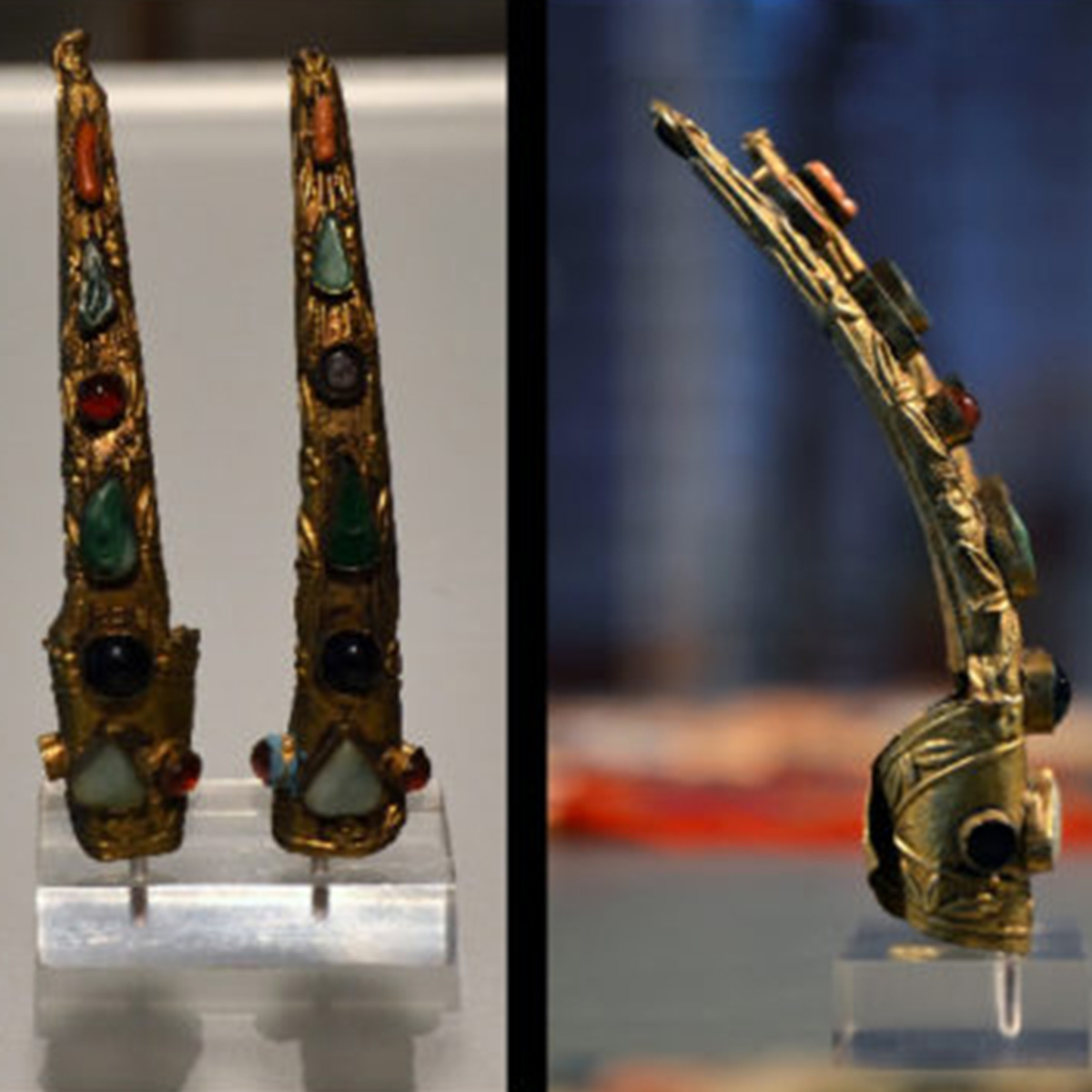
Article by Karen Gainey | Published in 2024
Nail coloring and nail art aren’t just a modern trend; they’re a practice deeply rooted in human history, spanning millennia and cultures worldwide. From ancient civilizations to contemporary beauty standards, the art of adorning nails has evolved, reflecting societal values and individual expression.
The journey of nail coloring begins thousands of years ago, with civilizations like the Egyptians and Greeks pioneering the practice. Ancient Egyptians utilized henna to achieve a striking red-brown hue, symbolizing power and vitality. Meanwhile, the Greeks experimented with yellow flower petals, pollen, and potassium, creating a subtle yet elegant tan tint.

@littlemissnailp
The Babylonian warriors, known for their strength and prowess, incorporated ground minerals into their pre-battle rituals around 3500 BC, showcasing a fusion of practicality and symbolism. Moving eastward, the Chinese introduced a sophisticated lacquer composed of beeswax and egg whites around 3000 BC, marking a significant advancement in nail coloring techniques.

@Quora
By 1000 BC, the allure of precious metals gripped the imagination of nail artists, with gold and silver becoming fashionable choices for adornment. The Chinese, renowned for their intricate craftsmanship, elevated nail artistry by adding gemstones, infusing nails with a dazzling brilliance that captivated onlookers.
Throughout history, nail coloring has transcended mere aesthetics, serving as a symbol of power, prestige, and beauty. It’s a tradition that has endured the test of time, adapting to the changing tides of fashion while retaining its cultural significance.

@Quora
Today, nail coloring continues to thrive as a form of self-expression and creativity. From classic shades to bold designs, individuals embrace this ancient art form, channeling their personalities and moods through their manicures. As we celebrate the rich tapestry of nail coloring history, let’s remember that its roots run deep, reminding us of the timeless allure of beauty rituals passed down through generations.



